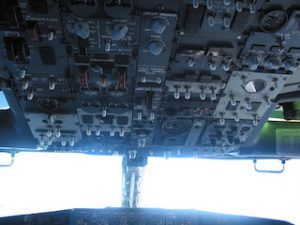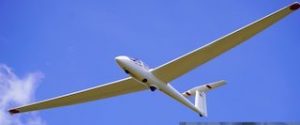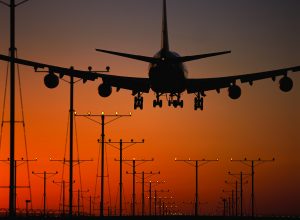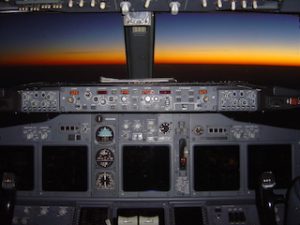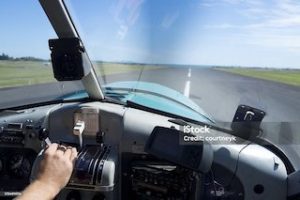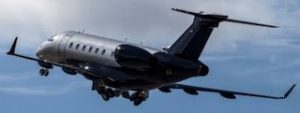Boeing 787 Jet Revolutionised The Air Travel
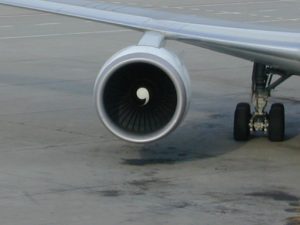 The Boeing 787 jet has transformed the aviation industry since its debut. With advanced technology, fuel efficiency, and passenger comfort, the Boeing 787 is considered a leader in long-haul aviation. Airlines around the world have adopted this revolutionary aircraft for its ability to reduce operational costs while offering an enhanced flying experience. This article highlights the design, technology, and benefits of the Boeing 787.
The Boeing 787 jet has transformed the aviation industry since its debut. With advanced technology, fuel efficiency, and passenger comfort, the Boeing 787 is considered a leader in long-haul aviation. Airlines around the world have adopted this revolutionary aircraft for its ability to reduce operational costs while offering an enhanced flying experience. This article highlights the design, technology, and benefits of the Boeing 787.
Boeing 787 Jet
The Boeing 787 jet is a wide-body, twin-engine jet designed for long-haul flights. It was developed to offer airlines a more fuel-efficient and cost-effective aircraft for international routes. First introduced in 2011, the 787 family includes the 787-8, 787-9, and 787-10 models, each offering different seating capacities and ranges to meet various airline needs. The Boeing 787-9, for example, is known for its ability to carry more passengers than the 787-8 while maintaining similar fuel efficiency.
The aircraft’s distinctive design is instantly recognisable, with its swept-back wings and streamlined fuselage. The use of composite materials in the construction of the Boeing 787 is a significant innovation, as it makes the plane lighter and more durable compared to traditional aluminium-built aircraft. These advancements help increase the jet’s fuel efficiency and reduce maintenance needs.
Fuel efficiency and environmental benefits
The standout feature of the Boeing 787 jet is its exceptional fuel efficiency. The aircraft uses 20% less fuel than older jets in its class, such as the Boeing 767. This is largely due to its lightweight carbon fibre composite structure, which reduces the overall weight and improves fuel consumption. The efficient Rolls-Royce Trent 1000 and General Electric GEnx engines further contribute to the jet’s fuel savings by using advanced technologies that optimise combustion and reduce energy wastage.
In addition to fuel efficiency, the Boeing 787 is more environmentally friendly than traditional jets. It produces lower carbon emissions, making it a sustainable choice for airlines looking to reduce their environmental footprint. The aircraft’s noise levels are also reduced, which minimises its impact on surrounding communities at airports.
Advanced cabin comfort and passenger experience
Passenger comfort is a priority in the design of the Boeing 787 jet. The aircraft features larger windows, providing passengers with better views and natural light. These windows are also equipped with electrochromic dimming technology, allowing passengers to adjust the window tint with the touch of a button. This feature significantly reduces the need for window blinds, improving the overall cabin experience.
The cabin is pressurized at a lower altitude than most other jets, resulting in a more comfortable environment during long flights. Passengers experience less jet lag and feel less fatigued upon arrival. The cabin’s higher humidity levels reduce dryness, allowing for a more pleasant flight.
Additionally, the Boeing 787 is equipped with larger overhead bins, providing more space for carry-on luggage. The interior is designed to minimize noise, creating a quieter and more relaxing atmosphere. These features combine to make the Boeing 787 a favourite for passengers on long-haul flights.
Range and performance
The Boeing 787 jet has an impressive range, which makes it ideal for long-haul flights. The 787-8 can fly up to 7,355 nautical miles, while the 787-9 offers a slightly extended range of 7,530 nautical miles. This makes the 787 capable of flying non-stop on many of the world’s longest commercial routes, including transatlantic and transpacific flights. The 787-10, while slightly shorter in range at 6,430 nautical miles, is still well-suited for medium-to-long haul routes.
The aircraft’s range and performance are enhanced by its fly-by-wire control system, which improves handling and makes the 787 more responsive to pilot inputs. Additionally, the Boeing 787 has an impressive maximum cruising speed of Mach 0.85, making it the faster commercial aircraft in operation. This speed allows airlines to reduce flight times, offering passengers a quicker and more efficient travel experience.
Operational cost savings for airlines
Airlines have increasingly turned to the Boeing 787 for its operational cost savings. The aircraft’s fuel efficiency, reduced maintenance needs, and longer intervals between overhauls contribute to lower operating costs. Airlines that operate the Boeing 787 report significant savings in fuel costs, particularly on long-haul flights where fuel consumption is a major expense.
The use of composite materials also reduces maintenance costs, as they are more resistant to corrosion than traditional metals. As a result, airlines spend less on repairs and upkeep. Additionally, the Boeing 787’s engines are designed to require fewer parts, further reducing the frequency of maintenance checks and increasing the aircraft’s uptime.
Safety features
The Boeing 787 is equipped with several state-of-the-art safety features to ensure a secure flying experience. The most significant innovation is the advanced avionics and fly-by-wire system, which enhances control and stability during flight. The fly-by-wire system uses electronic controls to operate the aircraft’s flight surfaces, making the plane more responsive to pilot inputs.
The Boeing 787 also includes advanced emergency systems such as multiple redundant hydraulic and electrical systems. These systems ensure that the aircraft can continue flying safely in the event of a failure. Additionally, the 787 is designed with structural redundancy, which means that even if one part of the aircraft is compromised, the jet can still safely complete its flight.
Boeing has also implemented rigorous testing procedures for the 787, ensuring that the aircraft meets or exceeds all safety standards. The combination of these safety features makes the Boeing 787 the safest commercial jet in operation.
Customisation and fleet integration
The Boeing 787 jet offers a high degree of customisation for airlines. From the interior cabin layout to the exterior paint scheme, airlines can tailor the aircraft to suit their brand and operational requirements. The Boeing 787 is available with different seating configurations, allowing airlines to choose between economy, business, and first-class sections based on their target market.
The 787’s versatile range also allows it to fit seamlessly into an airline’s existing fleet. Airlines that operate both short and long-haul routes can use the 787 to serve a wide variety of markets, making it a versatile asset for any airline’s network. The Boeing 787 is capable of meeting diverse demands.
Impact on global travel
The Boeing 787 has reshaped the landscape of international air travel. With its fuel efficiency, long range, and superior passenger comfort, it enables airlines to offer more non-stop routes to destinations that were once difficult to reach. As more airlines adopt the Boeing 787, the aircraft continues to make long-haul travel more accessible and convenient.
For passengers, the 787 provides an improved flying experience, reducing the discomfort associated with long flights. With its quieter cabins, larger windows, and more spacious interiors, the Boeing 787 offers a higher level of comfort compared to older aircraft models.
The Boeing 787 has also opened up new possibilities for airline networks. With its extended range and fuel efficiency, airlines can operate routes that were once unprofitable or impossible due to distance. This capability has expanded global connectivity, allowing passengers to travel more efficiently between regions and countries.
Future developments and innovations
The Boeing 787 has already revolutionised the way airlines approach long-haul flights, but Boeing continues to innovate. Future developments may include further advancements in fuel efficiency, sustainable aviation fuels, and automation. Boeing is also exploring the potential of electric aircraft and hybrid propulsion systems, which could reduce the environmental impact of aviation even further.
With airlines increasingly focused on sustainability, the Boeing 787 is well-positioned to meet future environmental goals. The aircraft’s fuel efficiency, reduced emissions, and quieter operation will continue to play a key role in the aviation industry’s efforts to become more eco-friendly.
Leading the future of air travel
The Boeing 787 jet is a testament to innovation in the aviation industry. With its fuel-efficient design, advanced technology, and passenger-focused features, it has set new standards for long-haul travel. Airlines benefit from reduced operational costs, while passengers enjoy a more comfortable and efficient flight experience. As the Boeing 787 continues to evolve, it will remain a cornerstone of modern air travel, reshaping how we connect with the world.


